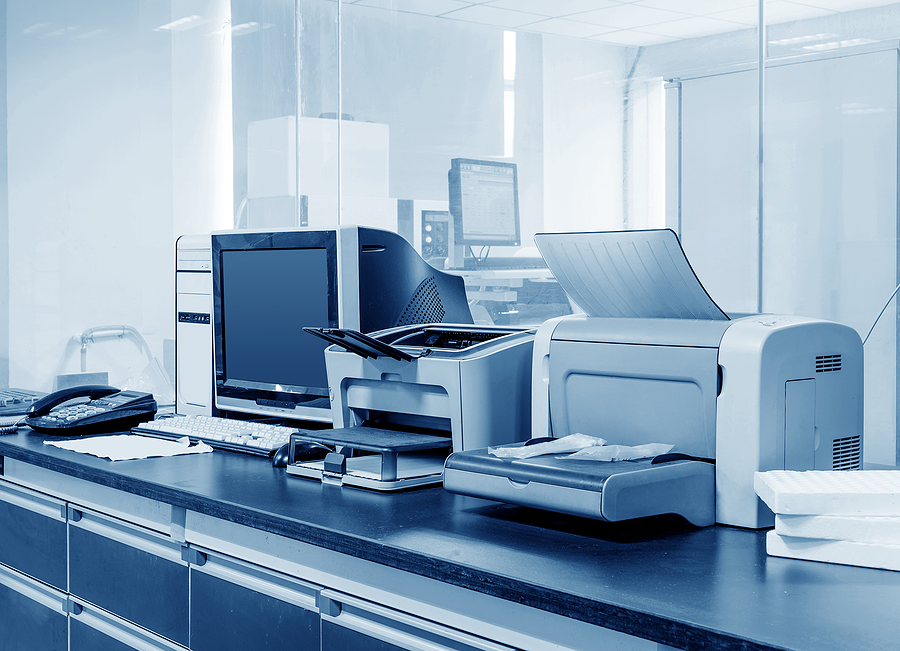Why Are Dot Matrix Printers Still Regularly Used Today?

The technology world is often characterised by rapid transformative developments that aim to make businesses more productive and the lives of everyday business people easier, but there are just as many cases where established technology still finds a place in the office.
For example, most desktop computers will use either x86 or x64-based architecture, which can be traced back as far as the Intel 8080 back in 1978.
Not even counting lineal evolution, however, one of the best examples of an office machinery concept that does not need replacing is the dot matrix printer.
Whilst there are countless other printer technologies using inkjet or xerography design, dot matrix printers are still widely used because, for certain intensive printing tasks, a more effective, affordable replacement has yet to be made.
What Is A Dot Matrix?
A dot matrix printing system uses an array of dots in order to form words, numbers, characters and images, typically by impacting a print head with a certain set of pins against a ribbon soaked with ink.
It works similarly in some respects to a typewriter hammer, except that the individual keys and hammers are replaced with a series of dots that print either one character or one line at a time.
Whilst technically almost all home and office printers are dot matrix because they form text and images from a series of dots, dot matrix printers are different due to the limited number of dots that can be used to form characters.
Where Did Dot Matrix Printers Come From?
The first ever dot matrix printer was the Hellschreiber (Hell Writer), named after its inventor Rudoph Hell and first built in 1929. It was a teletypewriter designed to transmit text messages over cable and radio links and was remarkably robust even when the signal was particularly poor.
The concept was developed further after the Second World War, with the PKT printer being used as a similarly robust facsimile machine.
However, the first consumer-grade machine was the OKI Wiredot, which quickly became influential and inspired other typewriter manufacturers such as Brother and Epson to move into dot matrix printing.
From the early 1970s up until the early 1990s, dot matrix printing was the most commonly used type of home printer, only being replaced by more versatile inkjet machines by the mid-1990s
Why Are They Still Used?
Despite more advanced printing solutions being developed and becoming almost ubiquitous in the office space, practically every office still has a dot matrix printer that is regularly used, typically where legibility is important but quality is not.
Aside from carbon-copy printing, which requires an impact printer to work, the technology is still used for printing receipts from tills and cash machines, and it is still used in the aviation sector and in other fields where continuous paper feeds are essential for operation.
They tend to require minimal maintenance due to fewer moving parts and cartridges, and are significantly cheaper to buy and run than higher-quality alternatives.
Whilst many businesses have moved on from the widespread use of dot matrix printers, the places where they are used will likely use them for the foreseeable future.











